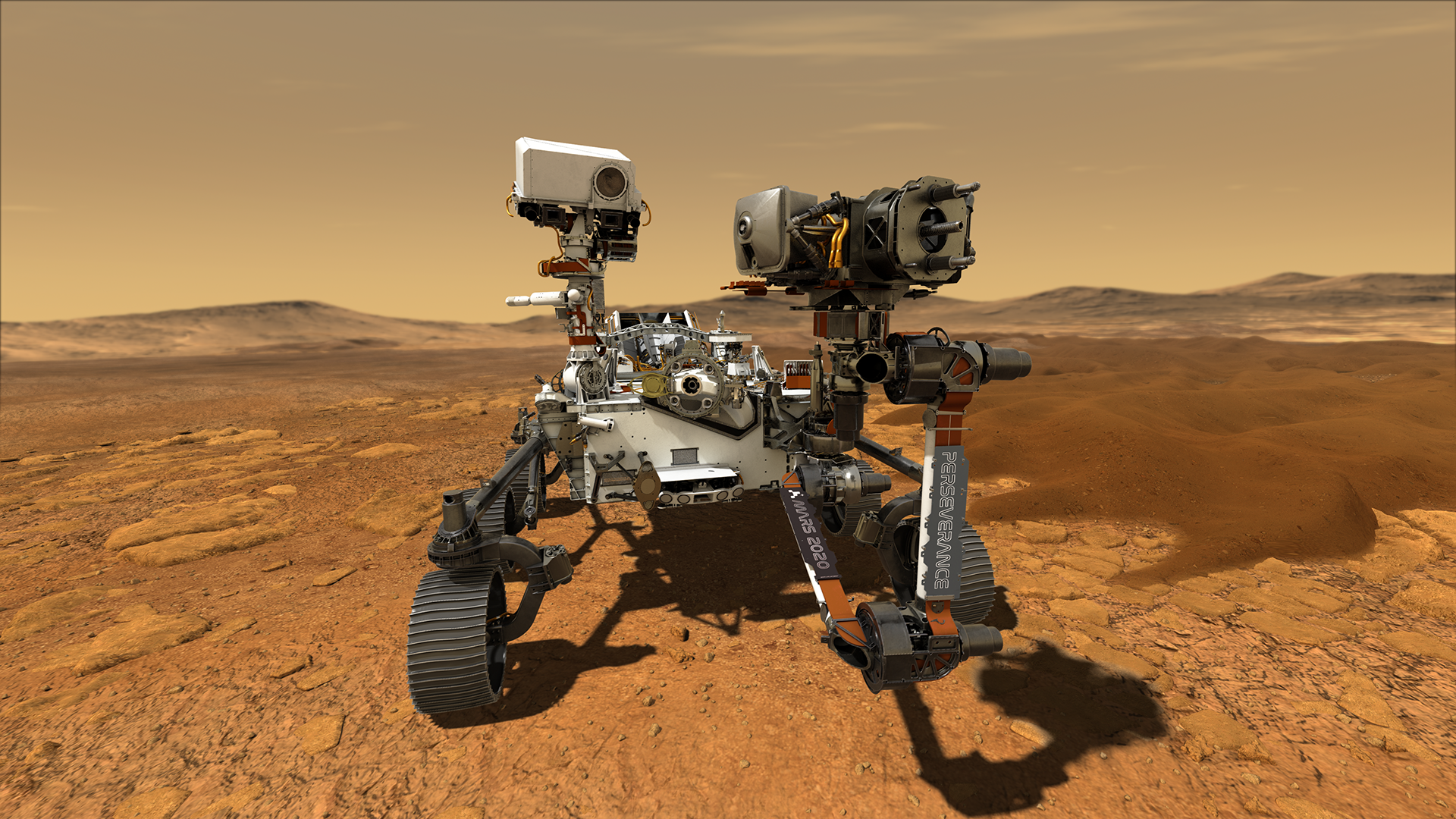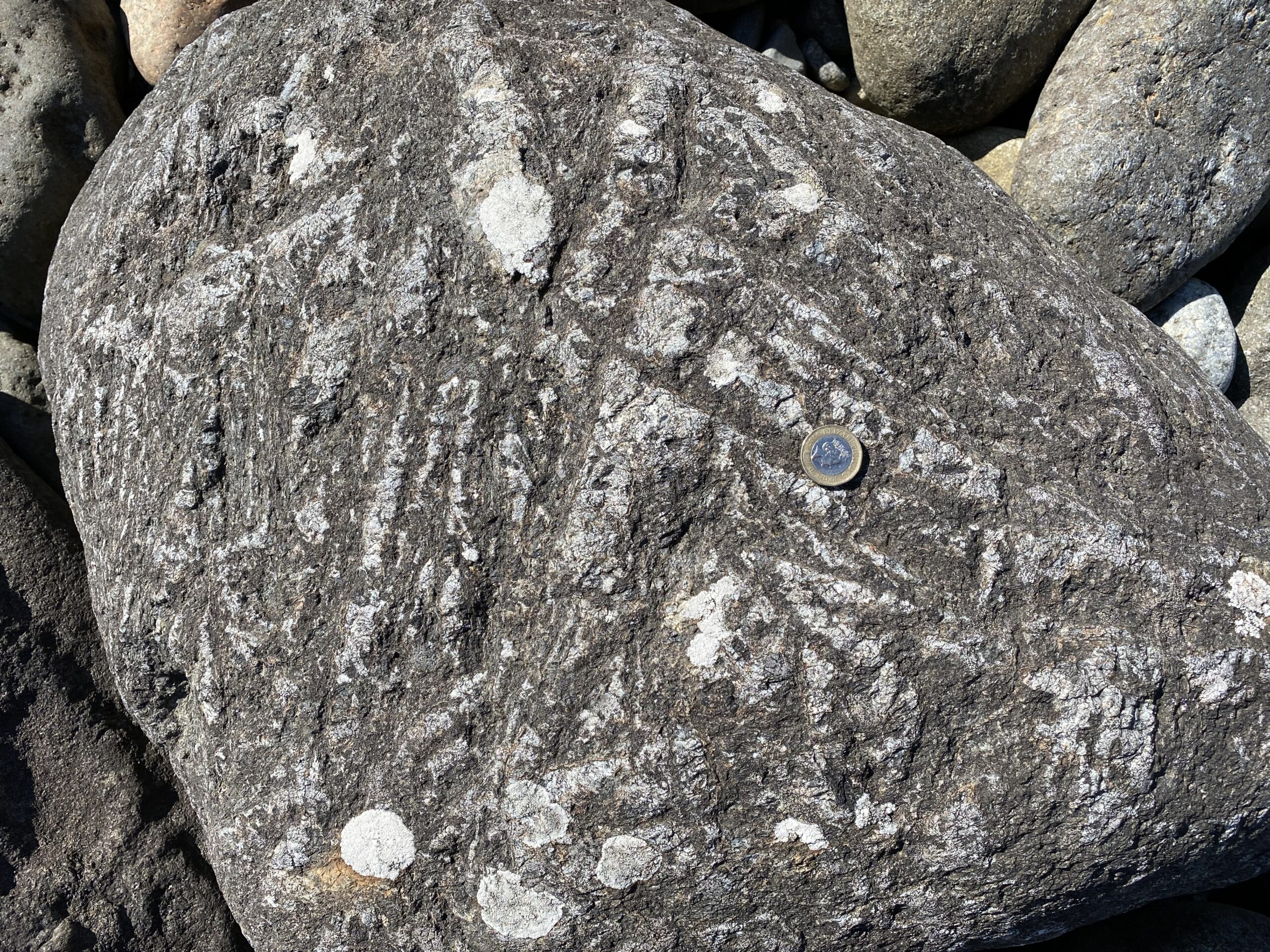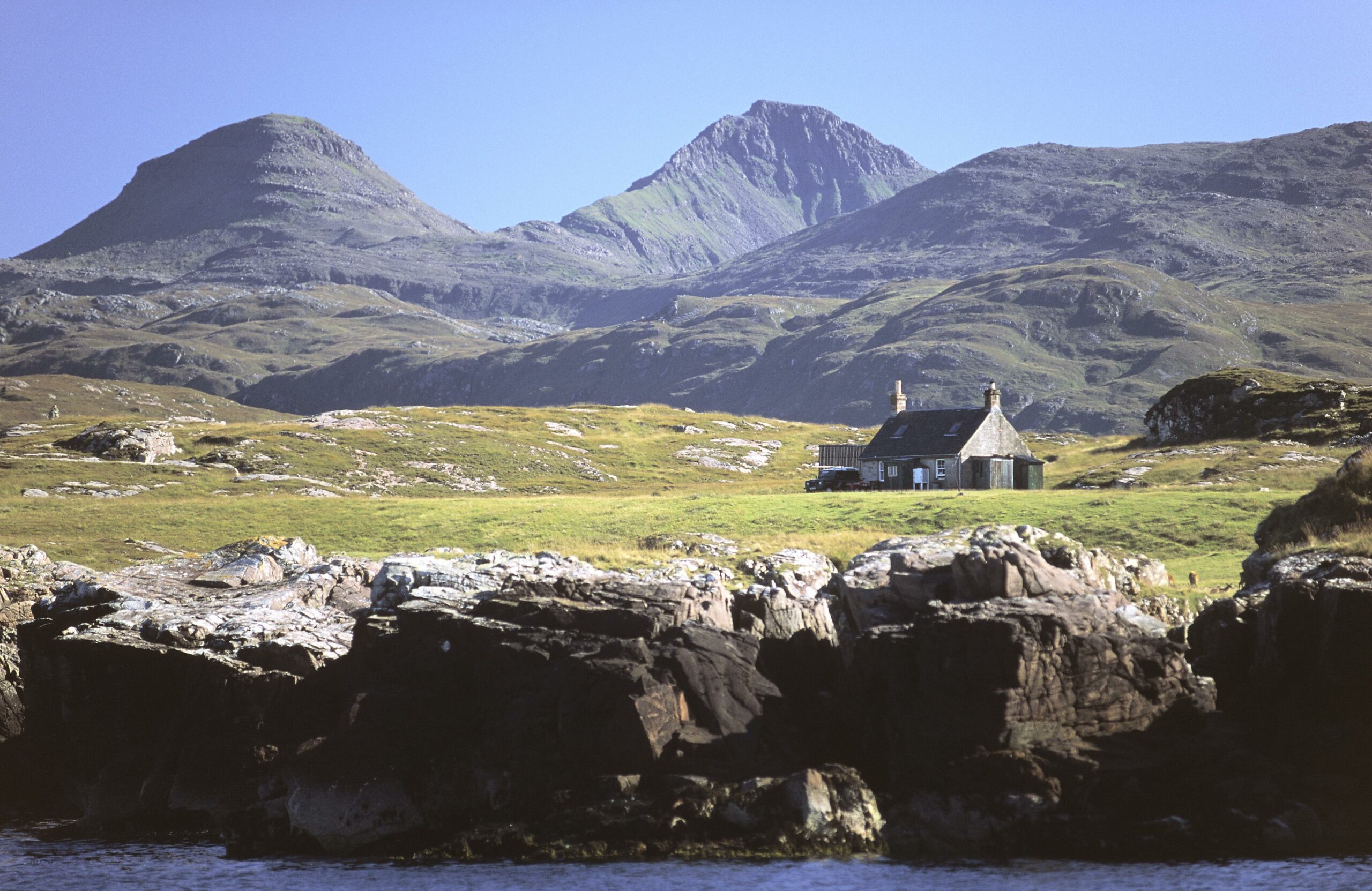
Nasa scientists collecting ancient rocks from Isle of Rum to help with Mars research
Nasa scientists are collecting ancient rocks from the Isle of Rum as they look similar to the ones on Mars.
Experts are assembling a set of rocks from around the world that are comparable to samples from the Red Planet that are scheduled to be brought to Earth in 2033.
Due to its unique geology, Rum off the west coast of Scotland has been selected as the only UK site for sampling.
Its igneous rocks have a very similar mineral and chemical content to those that have been collected by NASA’s Perseverance Rover during its exploration of an ancient crater on Mars.

An illustration of NASA’s Perseverance rover operating on the surface of Mars. Credit: NASA/JPL-Caltech
Intensive study of the rocks from Rum will help scientists understand what methods of testing and analysis will work best for the Martian rocks that are brought to Earth.
As the first samples from another world, the Mars rocks are thought to present the best opportunity to reveal clues about the early evolution of the planet, including the potential for past life.
The Rum sampling is being led by Dr Lydia Hallis, a geologist and planetary scientist from the School of Geographical and Earth Sciences at the University of Glasgow.
‘These Rum rocks are an excellent comparison to a specific geologic unit on Mars – the igneous Séítah Formation within the Jezero crater – which is characterised by the mineral olivine, and which the NASA Perseverance Rover explored and sampled,’ she said.
‘Not only is the mineralogy and chemistry similar, but the two rocks appear to have a similar amount of weathering.

A close up of one of the Rum rock samples. Credit: Luke Daly/University of Glasgow
‘This seems strange when we think how wet and warm Rum is compared to present day Mars, but billions of years ago when the Séítah Formation crystallised on Mars the difference in environment would not have been so pronounced.
‘At this time Mars was much wetter and warmer, with a thicker atmosphere that may even have produced rain (though not as much as we get in Scotland!).
‘Over time the Martian atmosphere thinned leaving the surface much dryer and colder, essentially halting any further weathering within Séítah and preserving the rocks at Jezero Crater for us to investigate today.
“The rocks on Rum are younger geologically than those that have been collected on Mars by Perseverance, but their exposure to the Scottish elements has produced roughly the same amount of weathering as was produced in the Séítah Formation during Mars’ early wet and warm climate.
‘Because of all these similarities, analysis of the Rum rocks should give us a good head start and help the samples from the Red Planet achieve their full potential when they are returned to Earth.’

The Rum Cuillin from Kilmory, Isle of Rum. Credit: Laurie Campbell/SNH
Lesley Watt, NatureScot’s Rum NNR reserve manager, said: ‘With its extinct volcanoes and dramatic mountains, Rum has always been one of the best places to discover Scotland’s world-class geology, but we didn’t quite realise that the rocks here were of interplanetary significance as well.
‘It has been fascinating to learn more about the NASA/ESA mission, and really exciting for the island to play a small part in this truly historic endeavour to find out more about Mars.
‘We hope it will add yet another element of interest for visitors to this special place.’
Read more news on Scottish Field’s news pages.
Plus, don’t miss the July issue of Scottish Field magazine.
TAGS

